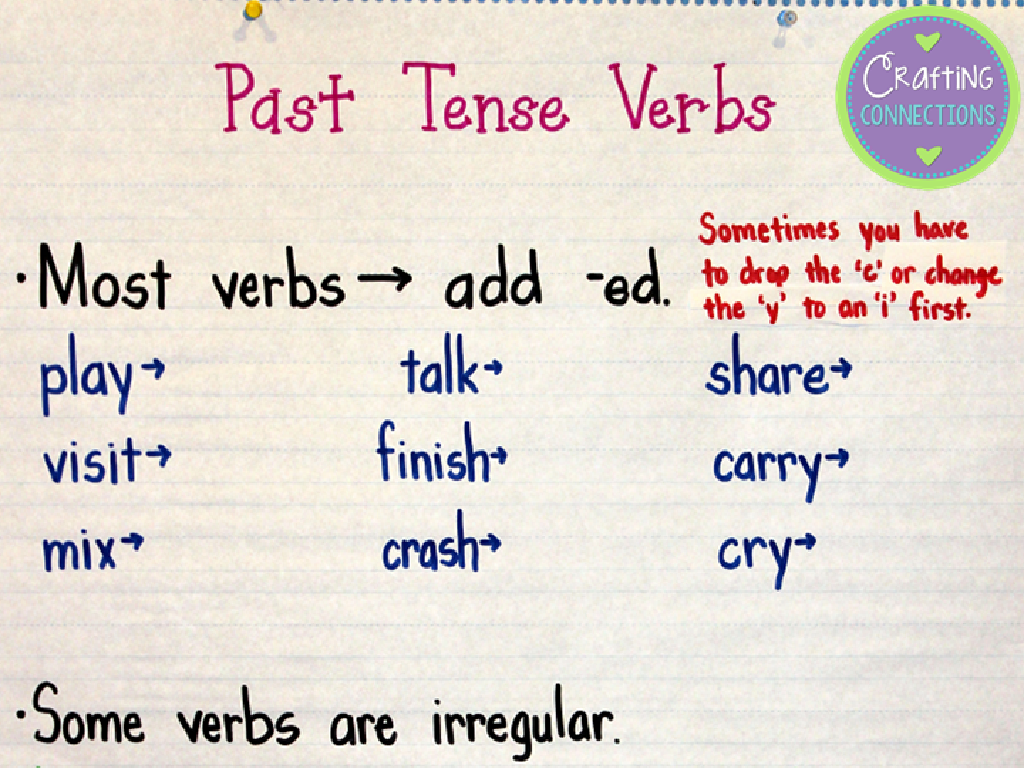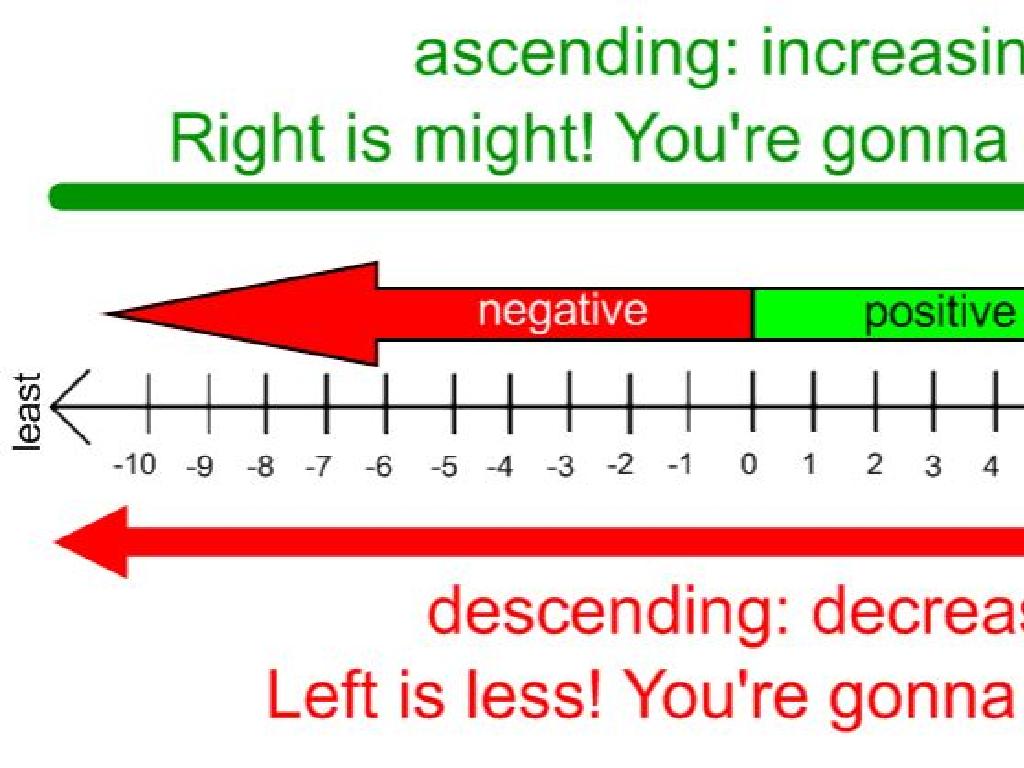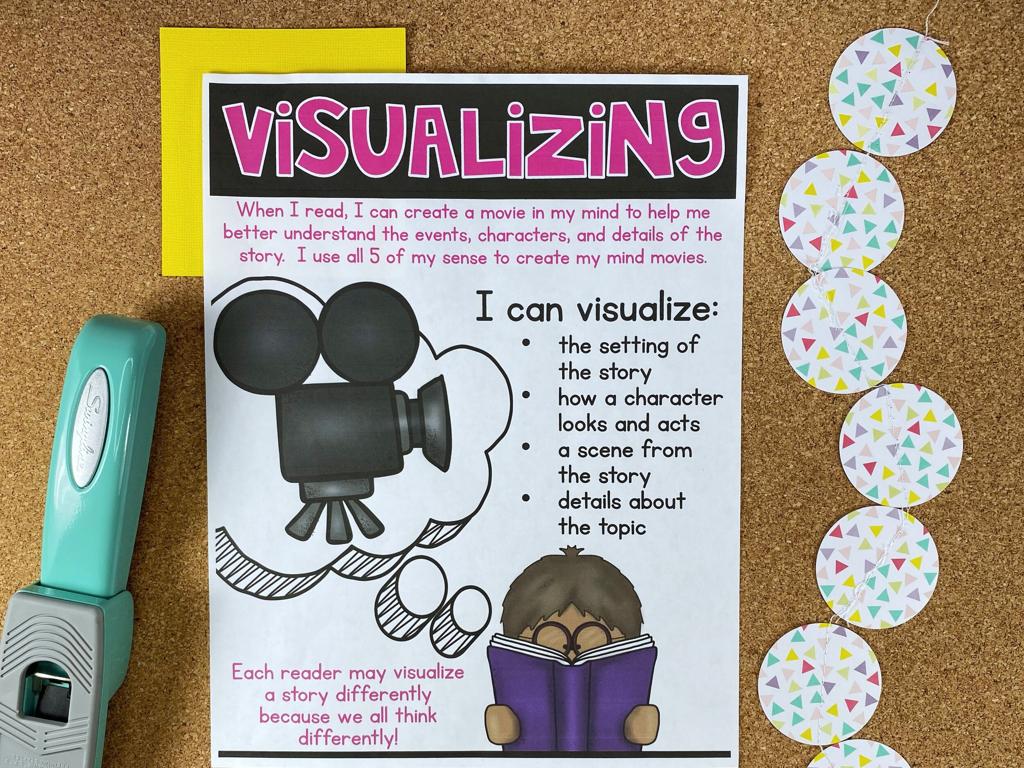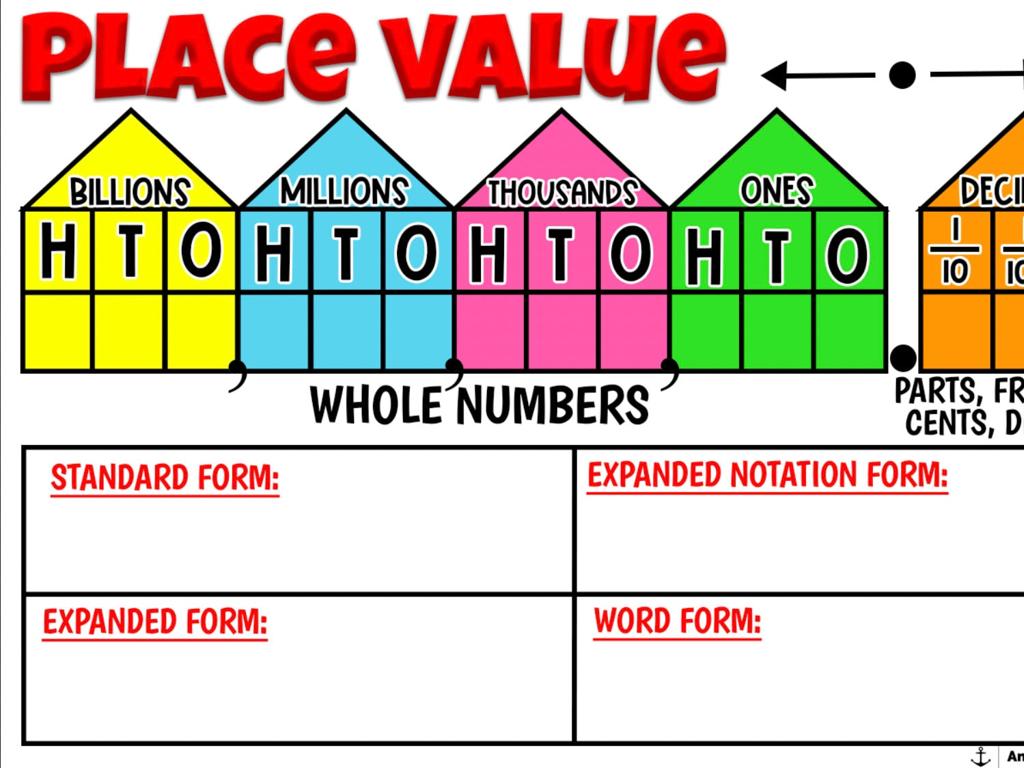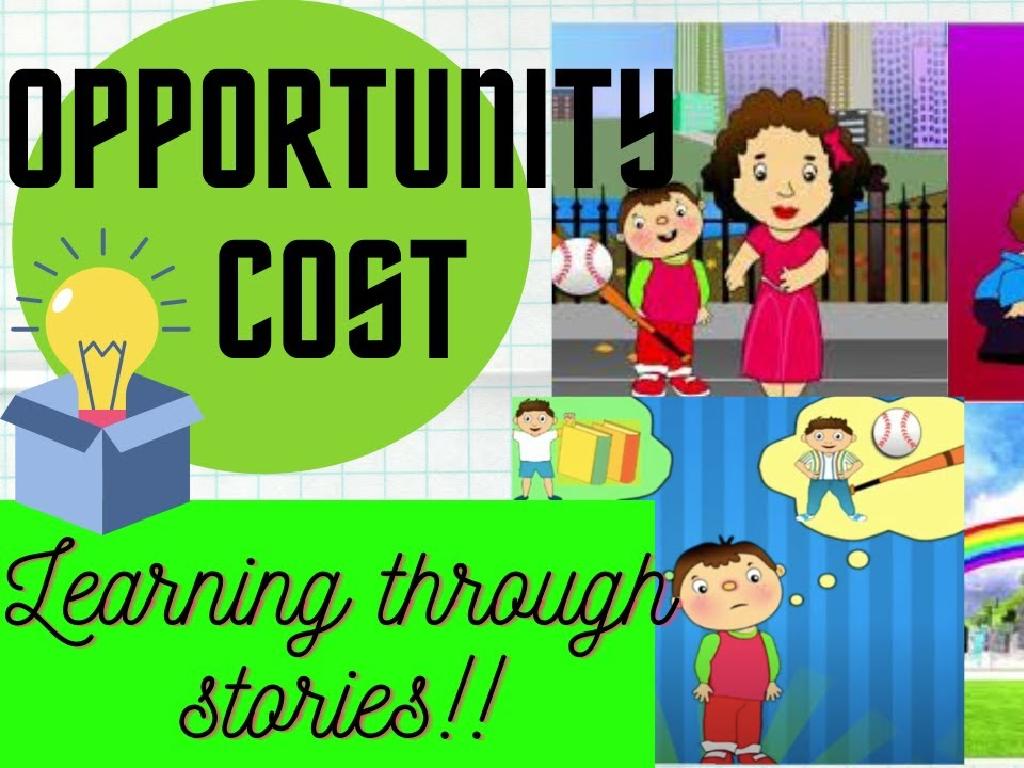Which Two Words End With The Same Sound?
Subject: Language arts
Grade: Kindergarten
Topic: Beginning And Ending Sounds
Please LOG IN to download the presentation. Access is available to registered users only.
View More Content
Sounds at the End of Words
– Learning about word sounds
– Playing with word sounds
– We’ll use rhymes and songs to play
– Listening for ending sounds
– Hear the sound at the end of ‘cat’ and ‘hat’
– Matching words with same sounds
– Find pairs like ‘dog’ and ‘frog’ that sound alike
|
This slide introduces the concept of ending sounds in words, which is a fundamental aspect of phonemic awareness in early literacy. Start by explaining that words are made up of different sounds. Engage the children with playful activities like rhyming games and songs to help them listen for and identify sounds. Practice listening for the last sound in words and encourage the children to find pairs of words that end with the same sound. This will help them with reading and spelling in the future. Make sure to provide plenty of examples and praise their efforts as they learn to match words with the same ending sounds.
Learning Sounds in Words
– Understanding word sounds
– Sounds are what we hear in spoken words.
– Words are sound puzzles
– Each word is like a puzzle made of different sounds.
– Sounds at word’s start and end
– We hear sounds at the start and finish of every word.
– Listening to ending sounds
– Focus on the last sound we hear in a word.
|
This slide introduces the concept of phonemic awareness to Kindergarten students, focusing on the sounds that make up words. Begin by explaining that sounds are the noises we hear when we talk or someone speaks. Each word can be broken down into different sounds, much like a puzzle. Highlight the importance of the sounds at the beginning and the end of words, as these are crucial for early reading skills. Engage the students by practicing listening for the last sound in words, using examples and repeating them together. Encourage the children to think of words that end with the same sound and to share them with the class.
Matching Ending Sounds
– Ending sounds in words
– Words with same ending sounds
– Examples: ‘cat’ and ‘hat’
– ‘cat’ and ‘hat’ both end with ‘-at’
– Practice listening to words
– We’ll say words aloud and listen
|
This slide introduces the concept of ending sounds to Kindergarten students, focusing on the sounds that words make when they finish. Start by explaining that just like the first sound in a word is the beginning sound, the last sound is the ending sound. Provide clear examples of words that rhyme by sharing their ending sounds, such as ‘cat’ and ‘hat’, which both end with ‘-at’. Engage the students in a listening activity where you say words aloud, and they identify words with the same ending sounds. This will help them develop phonemic awareness, an essential skill in early reading development. Encourage the students to think of other words that might end with the same sounds and praise their efforts to promote a positive learning environment.
Matching Ending Sounds
– Ending sounds in words
– The last sound you hear in a word
– ‘Cat’ and ‘hat’ end with ‘-at’
– These words rhyme because they have the same ending sound
– Find words with the same ending
– Like ‘dog’ and ‘log’ both end with ‘-og’
– Practice with different sounds
|
This slide introduces the concept of ending sounds to Kindergarten students, emphasizing the importance of the last sound heard in a word. Use examples like ‘cat’ and ‘hat’ to illustrate words that end with the same sound. Encourage students to actively participate by thinking of their own examples of words that rhyme. Provide guidance on how to listen for and identify these sounds. During the lesson, engage the students with various ending sounds and have them practice by finding pairs or groups of words that share the same ending sound. This activity will help them develop phonemic awareness, an essential skill for early reading development.
Matching Ending Sounds Game
– Listen to the word I say
– Find a word with the same ending sound
– ‘Bee’ and ‘tree’ end with ‘-ee’
– Both words rhyme with the ‘-ee’ sound
– Practice makes perfect
– Keep practicing with different words
|
This slide introduces a fun and interactive game to help Kindergarten students recognize and match ending sounds, which is a foundational skill in phonics and reading. Start by clearly pronouncing a word, then prompt the students to find and say another word that ends with the same sound. Use the example of ‘bee’ and ‘tree’ to illustrate how the game works. Encourage the children to listen carefully and think of words that rhyme with the given word. As they participate, correct and guide them gently to ensure they grasp the concept of ending sounds. This activity can be repeated with various words to reinforce the learning objective.
Practice Time: Matching Ending Sounds
– Look at the pictures I show you
– Tell me what each picture is
– Listen for words with the same ending sound
– Words like ‘cat’ and ‘hat’ end with ‘at’
– We’ll find matching sounds together
– It’s like a fun sound game
|
This slide is for a class activity where students will practice phonemic awareness by identifying words that have the same ending sounds. Display pictures that are easily recognizable by Kindergarteners and prompt them to say the words out loud. As they pronounce the words, guide them to listen carefully to the ending sounds and find pairs that match. For example, if you show pictures of a dog and a frog, help them hear the ‘og’ sound that ends both words. Encourage participation from all students and praise their efforts to foster a positive learning environment. This activity will help reinforce their understanding of phonics and improve their ability to recognize rhyming words.
Matching Ending Sounds
– Beginning sounds start words
– Ending sounds finish words
– Some words sound the same
– Words like ‘cat’ and ‘hat’ end with ‘at’
– Example: ‘dog’ and ‘log’
– They rhyme because they have the same ending sound
|
This slide is aimed at helping Kindergarten students understand the concept of beginning and ending sounds in words. Emphasize that the beginning sound is the first sound we hear, and the ending sound is the last. Use examples to illustrate words with the same ending sounds, such as ‘dog’ and ‘log’, and explain that these words rhyme because of this similarity. Encourage students to listen for these sounds in words and to practice with different examples. You can turn this into a fun activity by having students find objects in the classroom that end with the same sound or by creating a rhyming game.
Sound Match Game: Ending Sounds
– Match pictures with same endings
– Work in pairs to find matches
– Listen for word ending sounds
– Words like ‘cat’ and ‘hat’ end with ‘at’
– Have fun discovering sounds!
|
This interactive class activity is designed to help Kindergarten students recognize and match ending sounds in words. Set up stations with pairs of pictures that end with the same sound (e.g., ‘dog’ and ‘frog’, ‘cat’ and ‘hat’). Students will work in pairs to go around the room and find as many matching sounds as they can. Encourage them to say the words out loud to hear the ending sounds. This will help them develop phonemic awareness, which is crucial for reading skills. Possible variations of the activity could include using objects instead of pictures, having students draw their own pictures to match, or creating a bingo game with ending sounds.

